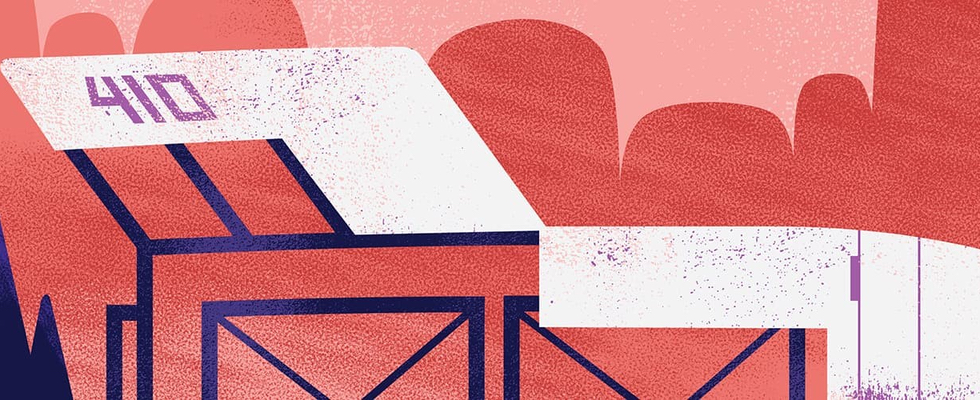The Web Project Guide Podcast: Episode 13: Develop the Graphic and Interface Design (w/ Sam Otis)
November 16, 2022

It’s The Web Project Guide Podcast, and we made you a new episode.
Everything I’ve learned about the nuance of web design I’ve learned from two sources — A Book Apart, the series of short books for designers, and Sam Otis, Blend’s long-time lead designer and front-end developer.
I talk about nuance, as if there’s some kind of gentle tiptoeing throughout the process, but in reality … there is. Despite the artistic backbone of graphic design, there’s a lot of brute force design out there: a lot of untested mockups, a lot of best-practice-as-final-word, and a lot of Big Reveal Dogma.
But design is a gentle back and forth. It’s a negotiation between multiple parties: between the user, between the designer, and between the stakeholders; also, between site function and site goals. There’s a lot of little things that can be forgotten if you’re not being purposeful, and Sam continues, constantly, to help me and the rest of the team at Blend understand how those details fit into our day-to-day work.
So, suffice to say, it was great to have Sam on the podcast this week. From our interview:
Corey:
This is your chance to tell clients to stop doing something. What is it you want them to stop doing?
Sam:
Design’s very accessible. Everybody sees it — they know if they like it, they know if they don’t like it — but they may not know the language to explain why. And that’s fine.
But I think one of the things that often happens is people will try to suggest a solution to a design problem rather than helping the design team understand what the problems their users need to solve and let the designers solve the design problem.
And the reason that becomes a problem is that if a client comes to you and says, “Hey, we need all the buttons to be circles,” that doesn’t necessarily have anything to do with the site goals — but it ends up being treated as a requirement for the design. Now all of a sudden everything has to have circles, even if that causes lots of technical problems or extra work or impedes the other site goals, just because the client has the final say in what has to happen and what they want.
So having the client be the designer — they have more weight than they should, even if they’re just trying to suggest an idea. So help us understand the problem rather than try to give us an answer.
You can listen below, but we’d love it even more if you would subscribe wherever you can find podcasts, or at the following easy links:

